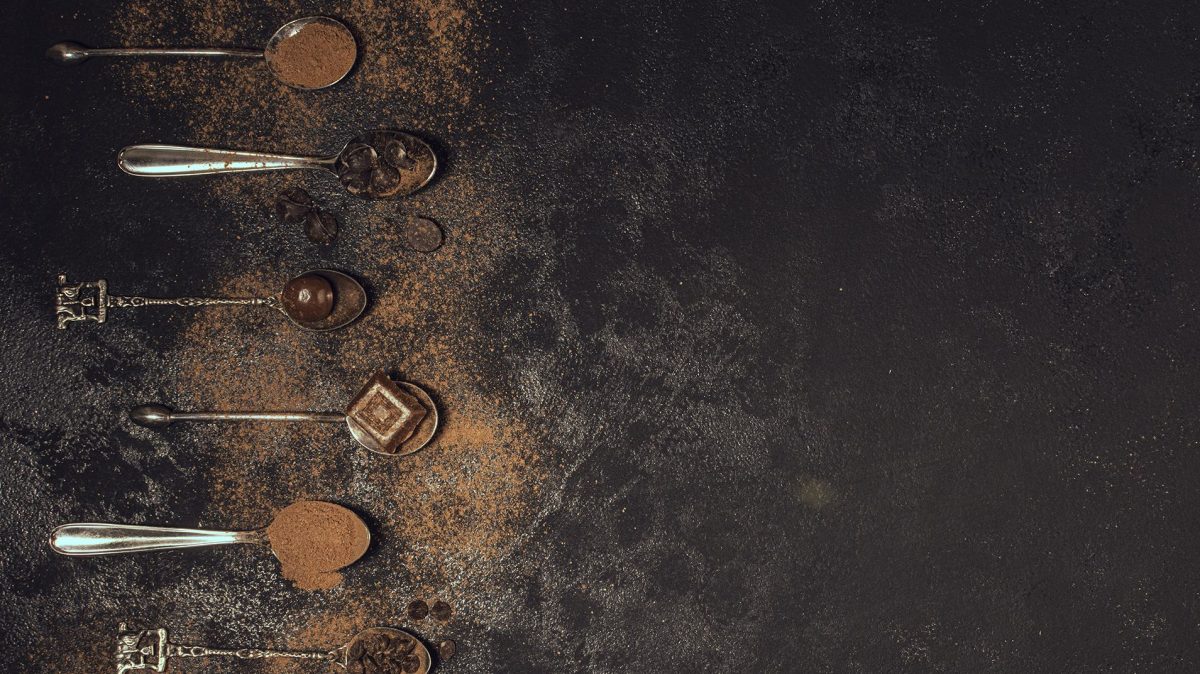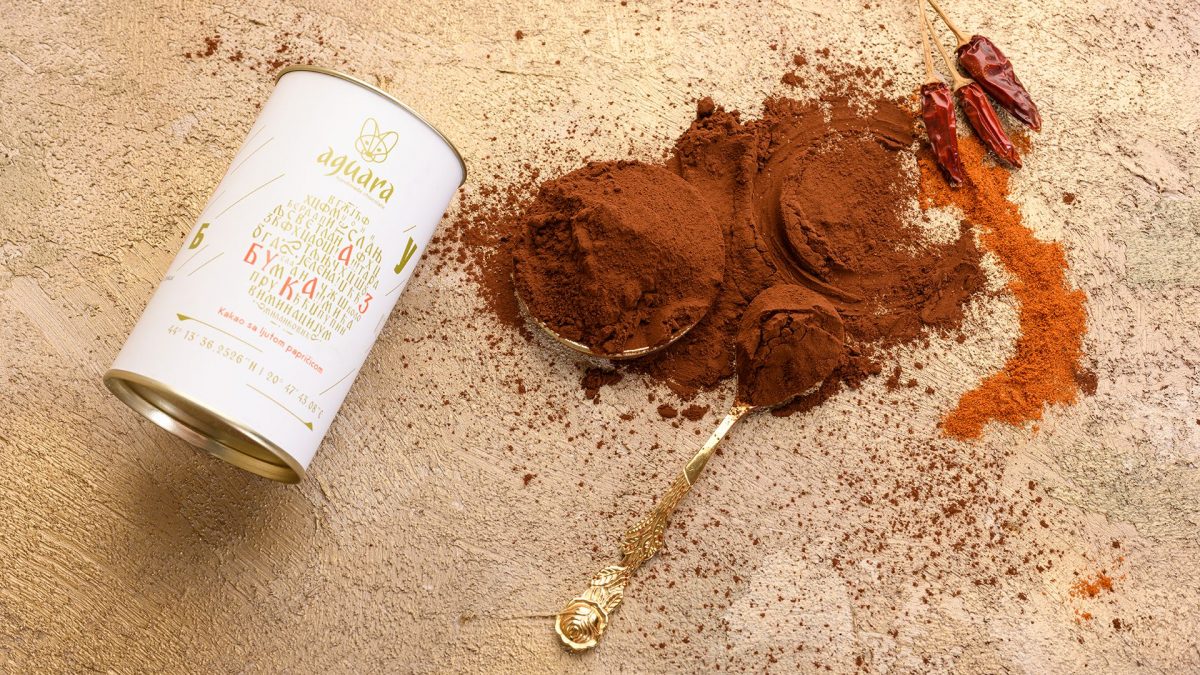The first association with chocolate legends takes us back to the distant past, to the ancient civilizations of Maya, Toltec, and Aztec, for which we associate the discovery of marvelous cocoa and the rituals dedicated to the gods in honor. Some of the most exciting, most romantic, and tragic stories are related to the gods of Toltec and Aztec nations. But let’s take it one step at a time through some of these chocolate legends.
Kecalkoatl Chocolate Legends
The legend of the Toltec, Aztec Kecalkoatl (Quetzalcoatl) God describes him as a part of a human, snake, and bird. He is considered the God of wind, wisdom, fertility, and creation. He taught people about science and art but also brought them a valuable gift. It was a fruit he stole from his god brothers. Thant plant was a cocoa bean with cocoa beans that made one drink. It was given to the people to alleviate fatigue and pleasure working and the erection of temples in his honor. However, three magicians decided to deceive and betray the God Kecalkoatl. One of the magicians made him a drink that supposedly gave him eternal youth and led him to paradise. God Kecalkoatl was checked. After drinking his glass, he went crazy and burned down all the houses and almost all the cocoa trees. He was expelled soon after.
He wandered through the rain forests of South America for many years while being consumed by the fire of God. Legend has it that a flock of birds with feathers of bright colors rose from his ashes. Soon after his heart went up to the sky where the star Danica was born. Hoping that the God Kecalkoatl would come back healed, the Aztecs recounted this legend year after year.
This belief was confirmed when Cortez marched to the place where once was the capital of the God Kecalkoatl. No wonder the then ruler of Montezuma believed that Cortez was actually their long-forgotten God. To prevent him from retaliating, the ruler gave the Spaniards a gift of precious cocoa beans in return. It was this process that determined the future of the New World, but also the path of chocolate to Europe.
When money grows on trees
“Money grows on trees.” These were the words of a Spanish chronicler who described this cocoa tree soon after he set foot on the soil of the New World. And indeed, it was. Cocoa beans were of great value. For example, for 10 cocoa beans, a rabbit could be bought, and a slave for as much as 100 grains. The word cacao could initially be interpreted as an exchange or payment. Cocoa beans were used as money in the Central American market long after the Aztec civilization.
The Legend of Chocolate, One Princess and Eternal Faithfulness
The tragic legend of a princess who kept her husband’s treasure while he fought the enemy also comes from the Aztec mythology. The enemies killed the princess because she did not want to admit where the treasure was hiding. From her blood sprung a herb whose wealth hid. The grain was as bitter as her tragic love, as strong as her courage and red as blood. It was any grain that the God Kecalkoatl created as a gift of the princess’s eternal allegiance to her husband.
The heavenly drink of divine power
The cocoa tree was believed to be from paradise, and that by drinking the drinks obtained from its fruit, divine powers were obtained. Legend has it that one who drinks a beverage called xocolat or receives wisdom or fertility or strength. Because of her belief in this legend, the elite of the Aztec Empire drank a beverage she called “black gold.” When this beverage was brought to Europe in 1519, it was first enjoyed by adult men, including priests, senior civil servants, soldiers, prominent warriors, and later used in various rituals and sacrifices by men and women.
Even today, new stories or legends about different civilizations, tribes, peoples, continents, cultures, are being conveyed, retold, and the ordinary a common being that produces a treat that, you will agree, always gives us all divine enjoyment.
You can read a short chocolate history on Sweet Chocolate History – Part 1 and on Sweet Chocolate History – Part 2







